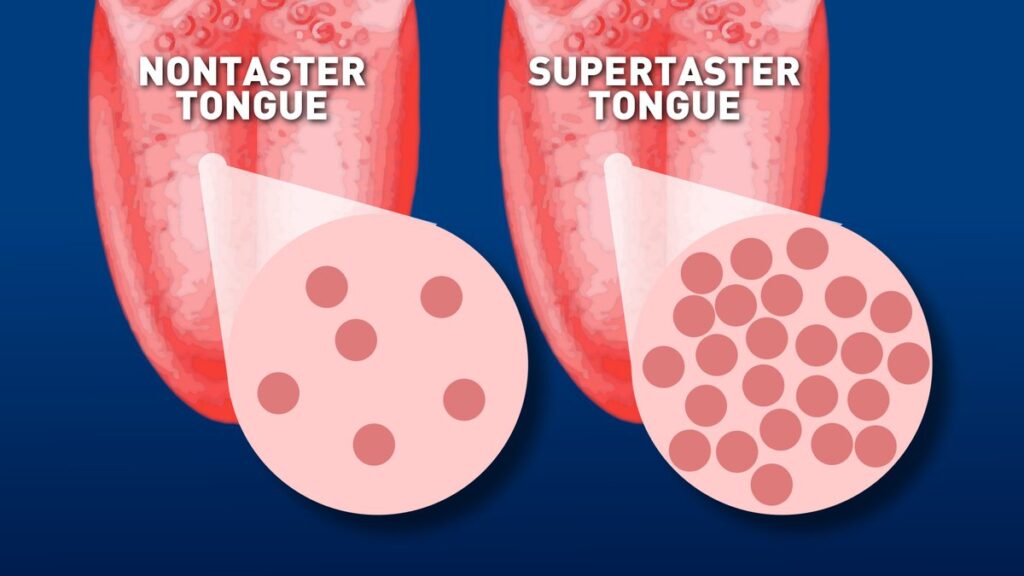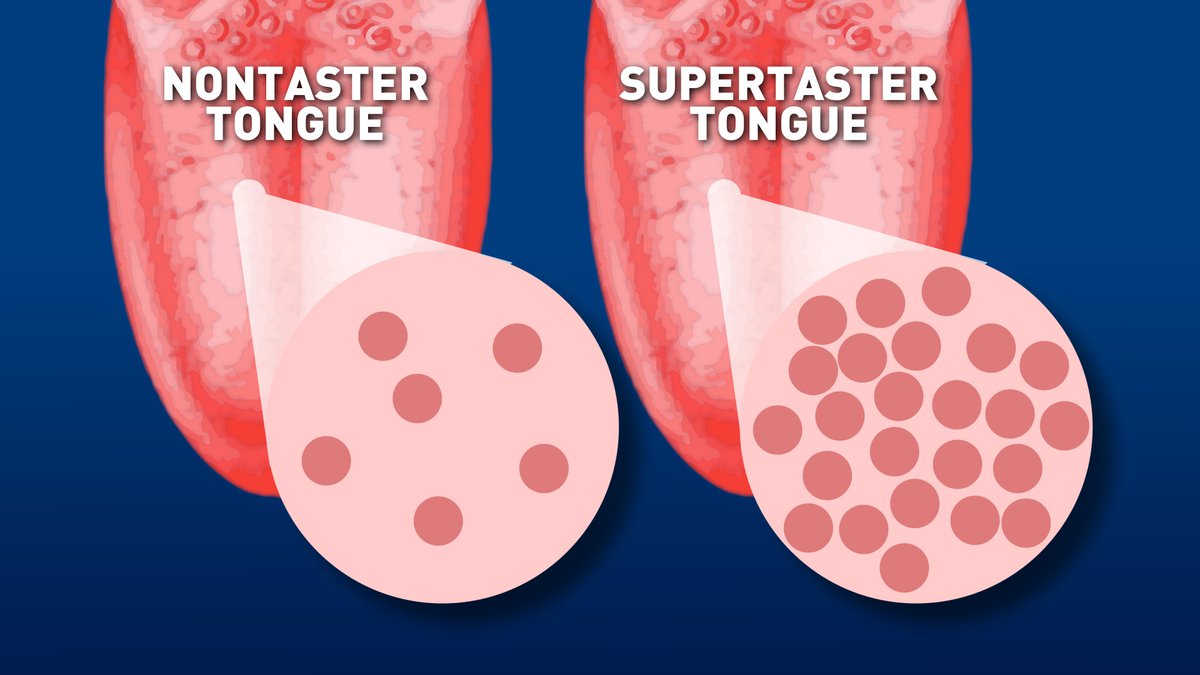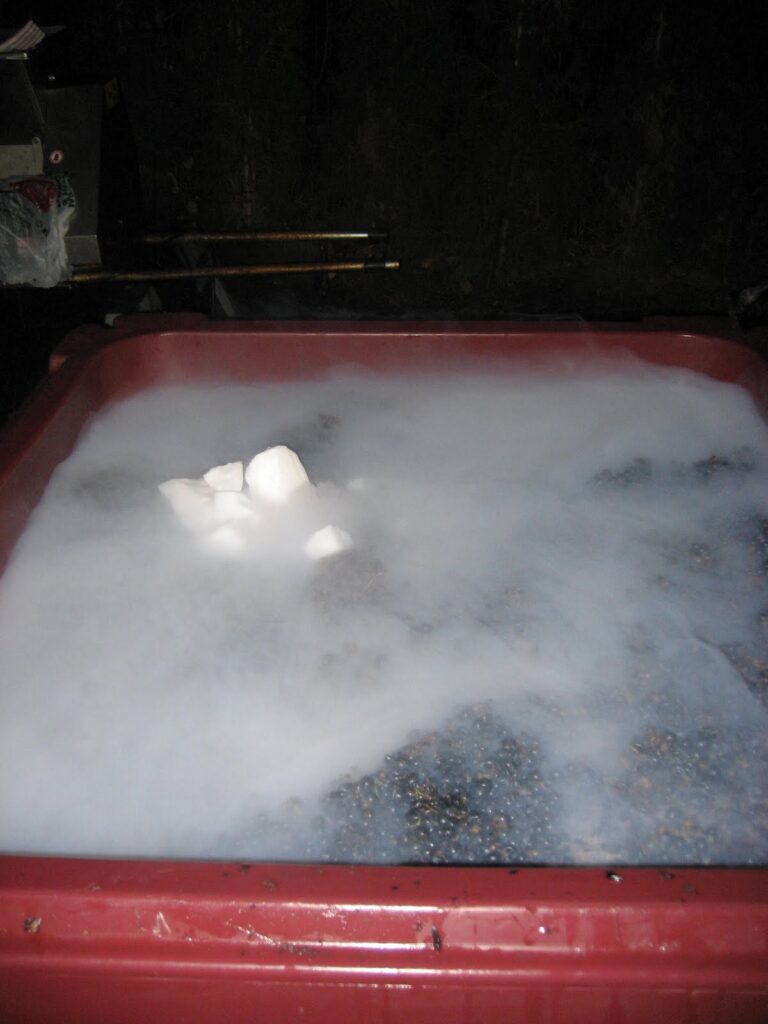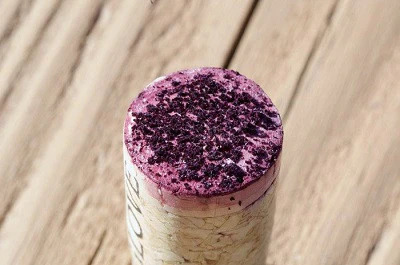You probably have heard of a wine being corked. I was out with some friends the other night, and they were in a heated battle about whether you should return a corked bottle or not. How do you know it is corked and is there a difference between faulted wines and wines you don’t like when it comes to returning the bottle?
Cork taint refers to a wine contaminated TCA. TCA is a compound that is a result of the naturally occurring fungus on the cork interacting with chlorine based cleaning products. TCA stands for 2,4,6-trichloroanisole. It can really come from a variety of places. The fungus can be found on the tree itself, barrels, wooden pallets, wood beams and even cardboard cases in the winery.
The big issue, similar to Brettanomyces, another fungus, once TCA enters the winery, it can impact the entire winery, not just one bottle, case or barrel.
Similar to the fact that not everyone can taste bitter, not everyone can taste TCA. Meanwhile there are people who are extremely sensitive to it and can recognize it at the faintest levels. It is estimated that only 25% of the population are supertasters.

The good thing is that the percentage of corked bottles has dramatically reduced in the past years. According to a report in Wine Spectator, “Wine Spectator‘s Napa office has been tracking the number of “corky” bottles in tastings of California wines since 2005, and the percentage of defective corks in that category has dropped from a high of 9.5 percent in 2007 to a low of 3.7 percent in 2012.”
Why has it dropped? Two main reasons. First, the cork industry stopped defending themselves and started researching the problem. They began doing serious QA/QC procedures and treatments were developed to render cork less susceptible to developing cork taint. In 2020 The Cork Quality Council stated that 3% of the corks it tests are contaminated by TCA.
Have you been missing the weekly Exploring the Wine Glass posts? They have moved. Sign up below to receive notification of new posts. Subscribe to Dracaena Wines’ blog in the sidebar on this page.
The second reason that cork taint has lowered in the past years, is that many wineries have stopped using bleach based products in their sanitation process. Depending on the surface being sanitized, wineries may use hydrogen peroxide and peroxyacetic acid (peracetic), sulfur dioxide, alcohol solutions, hot water and/or steam.
So now that we know what cork taint is, how do you know if your wine is tainted? The best way to explain what it smells like is wet cardboard. It’s actually a great way to train your nose, take some cardboard and get it all damp and soggy! Let it sit out of a bit and there you have it! Another sensory memory that may help you detect TCA is the musty odor in a damp basement. On the palate, a wine that has TCA has dull fruit flavors and a very short finish.
So to return to the question at the beginning: Can you and should you return a bottle that is cork tainted? The answer is YES! If you are able to sense that the bottle is corked then definitely send it back.
With that being said, there is a huge difference between ordering or purchasing a bottle of wine and sending it back because it has a fault versus sending it back because you don’t like the taste. You should not send it back, just because it is not what you were expecting. At least, that is my opinion. If you order it, and the wine you ordered is brought to you, then you “own it.”
~Slàinte!
Follow Dracaena Wines on Twitter, Instagram and Facebook for special offers.
Try the 90+ rated and multiple Double Gold medal winning wines of Dracaena Wines and get a 10% discount off your first order. Click the banner below and use code “Explore” at checkout. 






